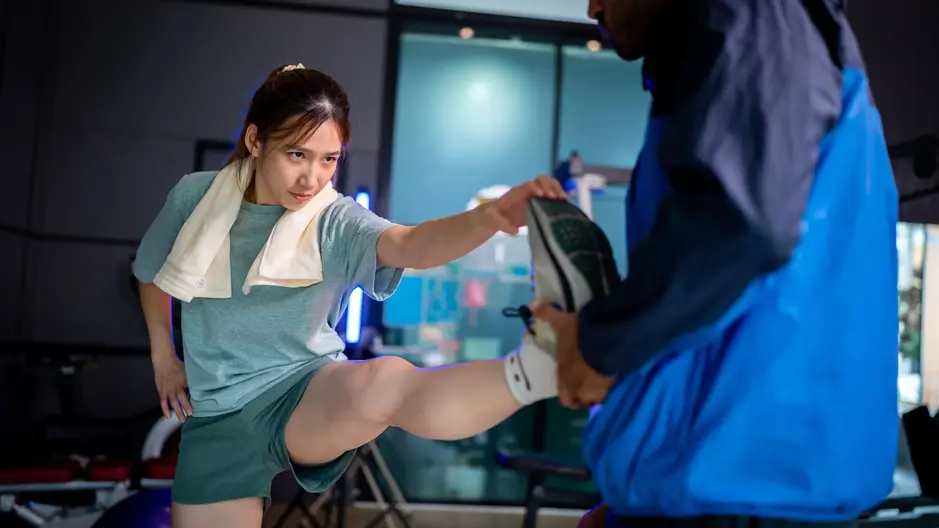Can Nerve Flossing Help Me?
Are you dealing with debilitating nerve pain? Do you find yourself dealing with limited or restricted movement? If so, nerve flossing may be the proper treatment technique to relieve these and other symptoms.
Dr. Jessica Khloe Dequito at Prestige Health and Wellness recommends nerve flossing for some patients with nerve pain.
You may want to look into this treatment if you’re experiencing the following:
- Pinched nerves
- Muscle weakness
- Muscle numbness
Continue reading below to learn more about nerve flossing, how it works, and some conditions it can treat.
What is Nerve Flossing?
Nerve flossing (also known as neural gliding) involves a series of guided glide techniques along areas of affected nerves. These movements move the nerve back and forth, releasing tension and relieving pain from an irritated or compressed nerve. A pinched nerve can develop when too much pressure is applied by surrounding bones, cartilage, muscles, or tendons.
How Does Nerve Flossing in Manhattan Work?
All nerve flossing exercises generally have the same goal: to mobilize the nerve and relieve a compressed or irritated nerve. This technique falls under the physical therapy realm, a modality aimed at restoring function and movement following an illness or injury. If you seek a Prestige Health and Wellness physiotherapist, they’ll assess if nerve flossing is appropriate for you. They’ll then design a tailored guideline for the targeted exercises needed and instruct you on how to do them.
While all nerve flossing exercises have the same goals, different techniques are used for different parts of the body. For example, specific exercises are used to treat nerve issues in the arm, and other approaches are used to treat the sciatic nerve.
What Conditions Does Nerve Flossing Treat?
A few common causes of a pinched nerve include poor posture, bone spurs, and injuries. Nerve flossing can address these problems, as well as other conditions. Some of the usual medical conditions that can be thoroughly treated with nerve flossing may include:
Sciatica
Sciatica affects the lower extremities, including the lower back, buttocks, and legs. It is usually caused by a herniated disc or bone spur compressing the sciatic nerve, causing injury or irritation.
Symptoms of this condition include:
- Sharp pain in the lower back that radiates down
- Weakness in the legs
- Muscle spasms in the back
- Numbness
Carpal Tunnel Syndrome
Carpal tunnel syndrome develops when the wrist has a pinched median nerve. This is a common hand condition but can permanently damage the median nerve if left untreated. Indicators include:
- Numbness in the fingers and wrist
- Pain in the hand and wrist
- Difficulty gripping objects
- Pain or numbness that worsens at night
Herniated Discs
A herniated disc, also known as a slipped or ruptured disc, develops from nerves in the spine being compressed by the inner gel-like material of a torn spinal disc. This can be caused by wear or other injuries. Symptoms may include:
- Muscle weakness
- Pain in the back, feet, legs, arms
- Leg numbness
- Tingling or burning
Combat Nerve Pain with Nerve Flossing in Manhattan NYC
If you want to see if nerve flossing is the best treatment for you and if your insurance covers it, please contact us at 212-393-4673 or book an appointment today.
We look forward to seeing you at one of our locations in Manhattan NYC:



